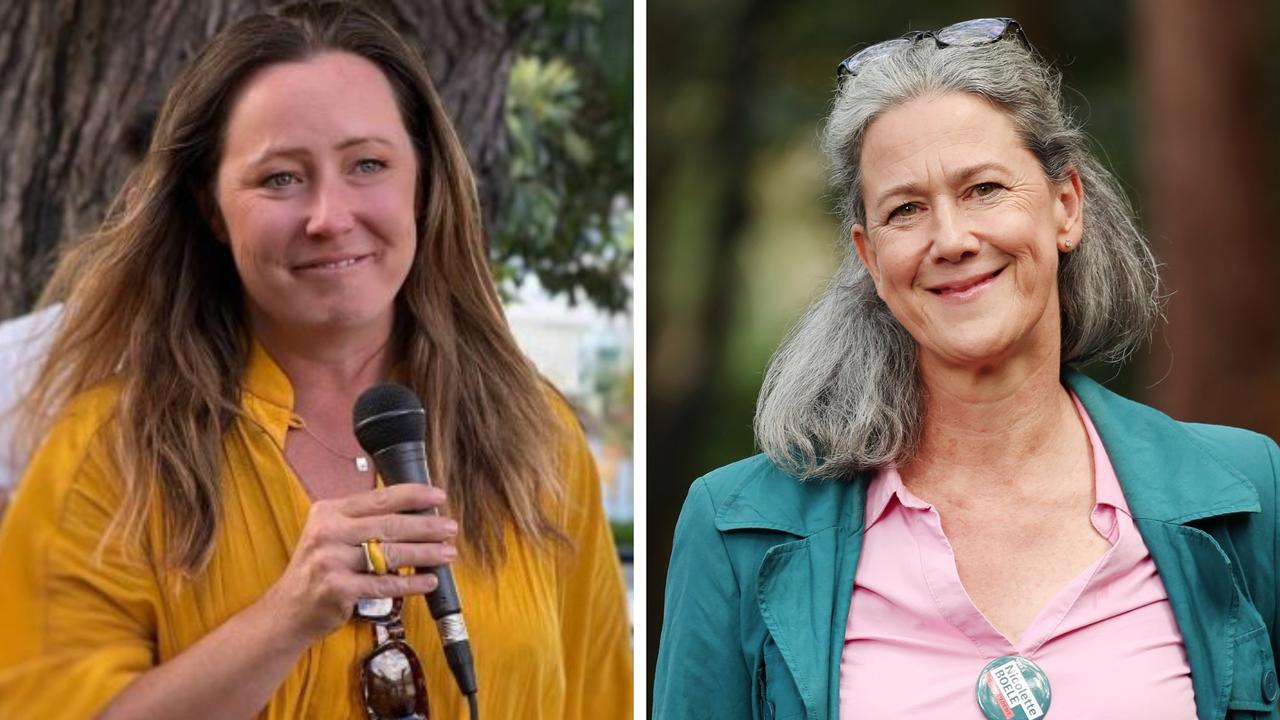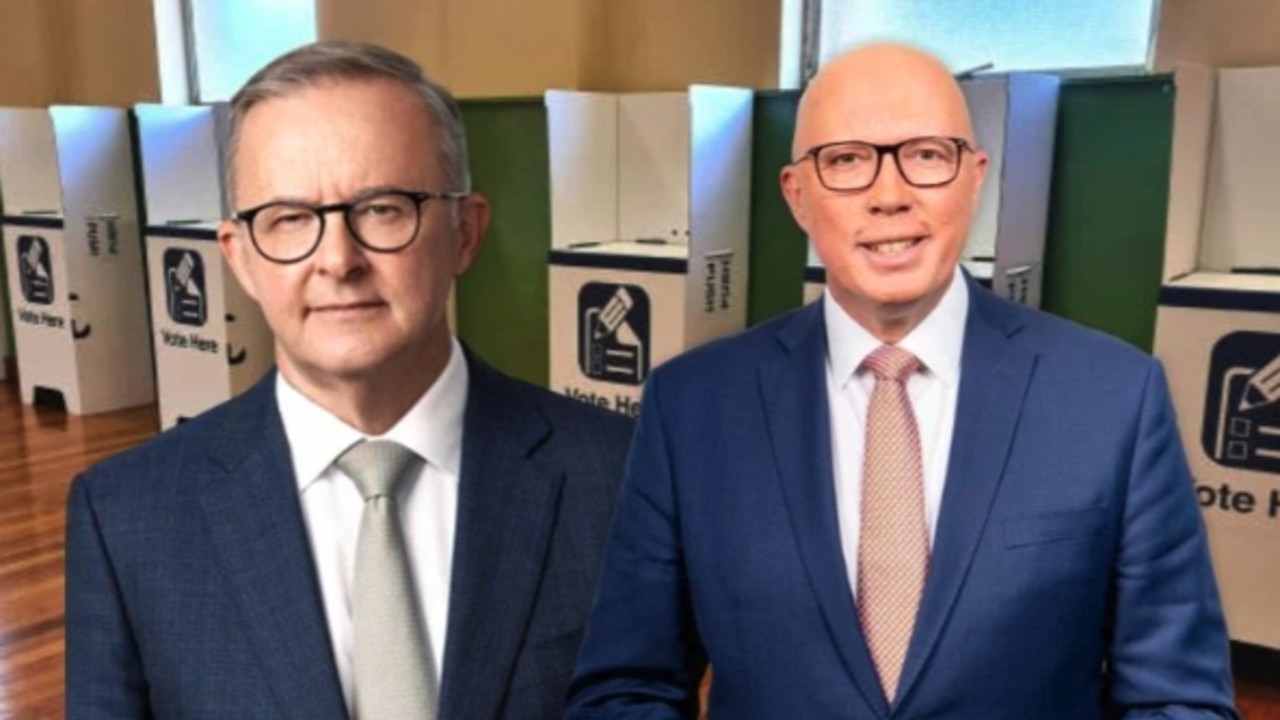NSW Liberal membership declines as battle over democracy heats up
Confidential research shows membership for the NSW Liberal Party has gone backwards over the past seven years, with new sign ups plummeting by more than 50 per cent.

Confidential research shows membership of the NSW Liberal Party has stagnated over the past seven years, with new sign-ups plummeting by more than 50 per cent since the onset of Covid, amid a renewed battle over the party’s democratisation reforms.
It comes as conservatives pushed for Amanda Stoker and Peta Seaton to lead the NSW division’s stalled state election review, a proposition Liberal sources said was unlikely as senior elements of the party continued their search for an impartial and experienced leader, such as Arthur Sinodinos.
Handed to state executive members on Friday evening, the leaked snapshot of the Liberal division’s membership underlines the continuing existential struggle the major parties have in attracting millennials and Gen Z-ers to their cause. The research revealed the party’s membership marginally increased to 12,963 as of May, a rise of 585; with 10,319 fee-paying and 2018 non-financial members. The figure has slipped from 13,376 at the end of 2019, and about 70,000 in 1970.
Of those, almost 61 per cent were male, with nearly 80 per cent of members living in metropolitan areas.
The stagnation has accelerated since the end of 2019, with total membership falling by 6.5 per cent, as the number of new members fell to just 1111 in 2022, a fall of 52 per cent. Resignations peaked at 325 in 2021, more than three times the previous year.
One Liberal source attributed the spike to the state government’s handling of the Covid Delta outbreak in June that year, saying then premier Gladys Berejiklian’s draconian lockdown, particularly in the city’s west, caused considerable anger among party faithful.
The tightly held numbers are usually inaccessible outside Liberal HQ, and come as some moderate powerbrokers question the success of the state division’s much-vaunted democratisation, saying it had not resulted in the promised influx of members its advocates claimed it would.
Spearheaded by former conservative prime minister Tony Abbott in 2017, the “one member, one vote” democracy initiatives saw the clout of party powerbrokers diluted. But after six years and two election losses in succession, Liberal sources said plebiscites were not delivering optimal outcomes.
“We were promised by the proponents of the 2017 reforms that we would see an increase in the number of members, greater diversity of MPs, and better representation of the electorate – the reverse has happened,” one senior Liberal said.
The source claimed the $750,000 spent on getting the so-called Warringah Motions up would have been better spent on sandbagging Mr Abbott’s seat against the ultimately successful threat of independent Zali Steggall that he claimed was the beachhead of later “teal” successes.
Speaking to The Australian on the condition of anonymity, conservative sources accused the moderates and centre-right factions of undermining plebiscites for their own self-interest, saying the factional warlords had hurt the party’s electoral chances by trying to insert their preferred candidates. With more than two months having elapsed since the state election, any party’s eventual election review is expected to consider the effectiveness of the plebiscites in ensuring the best candidates are preselected.
Internecine factional squabbles saw delays in naming Liberal candidates in several seats.



To join the conversation, please log in. Don't have an account? Register
Join the conversation, you are commenting as Logout